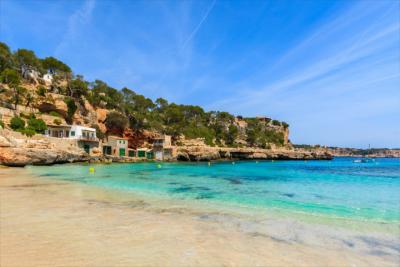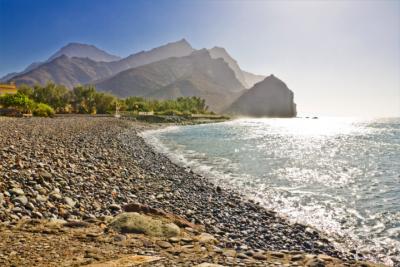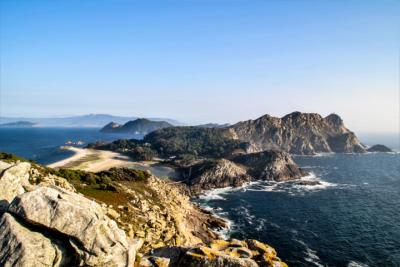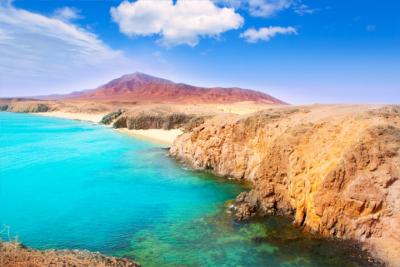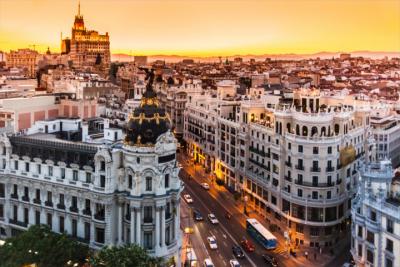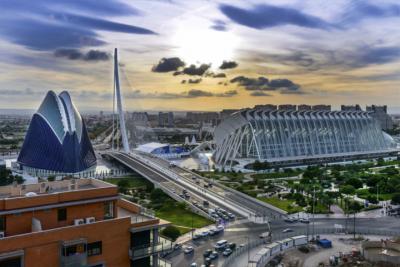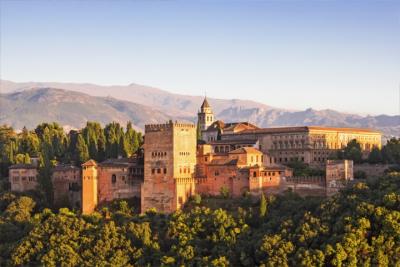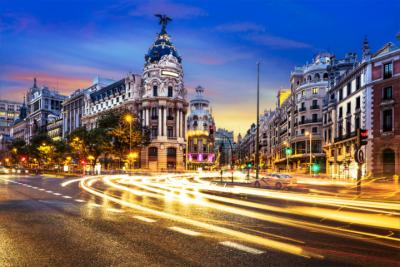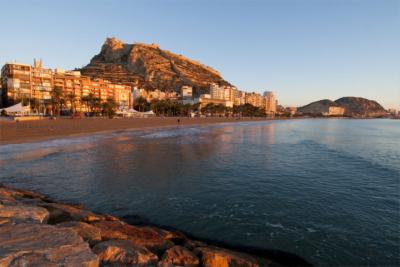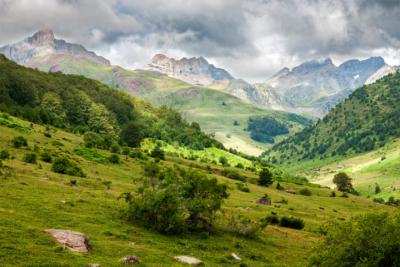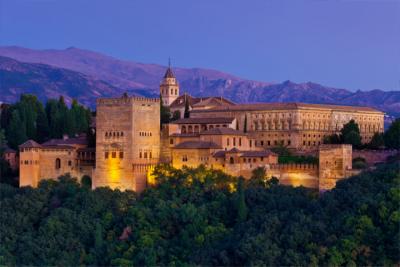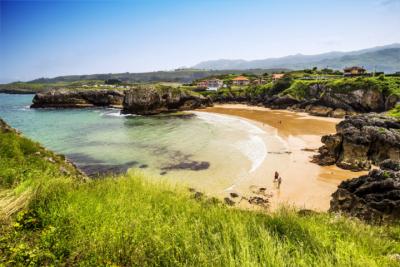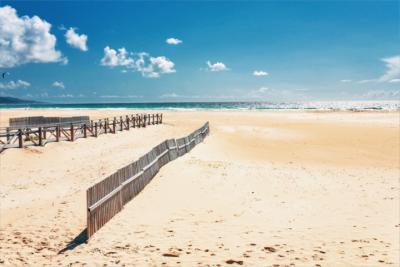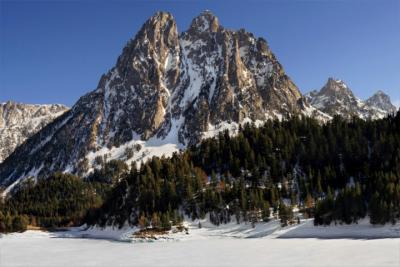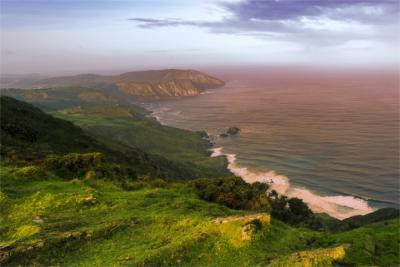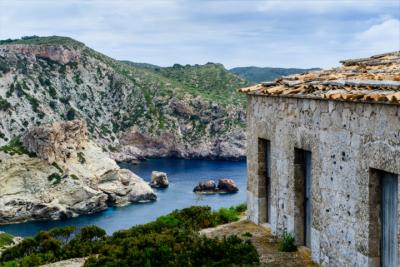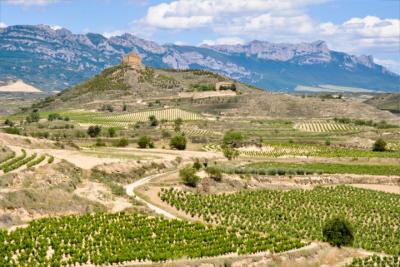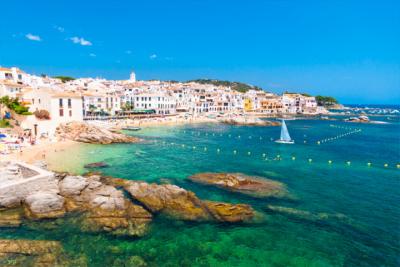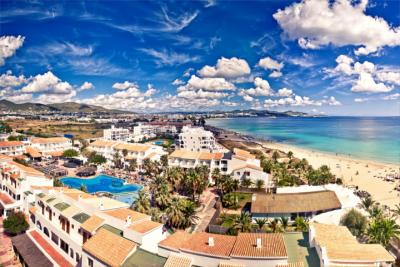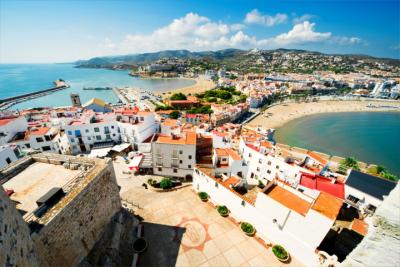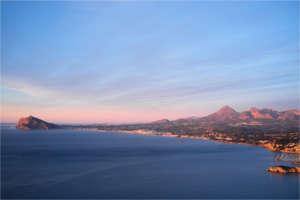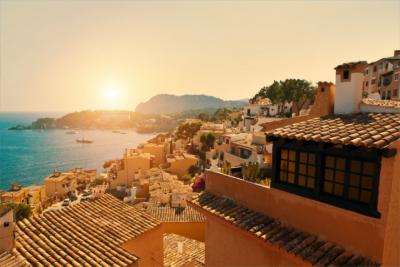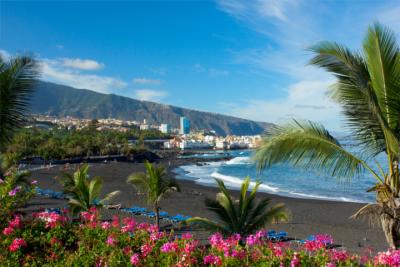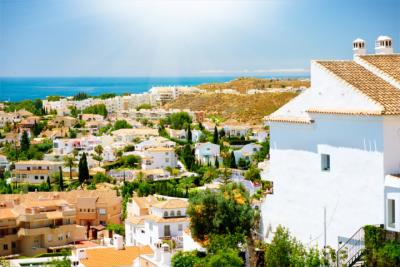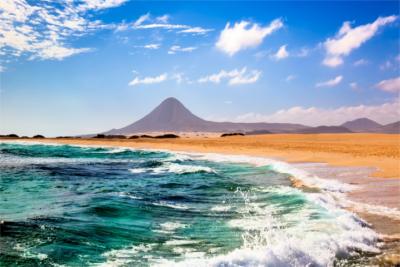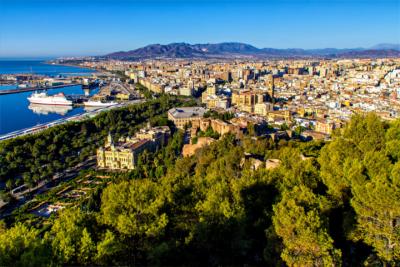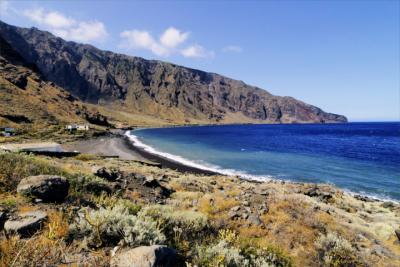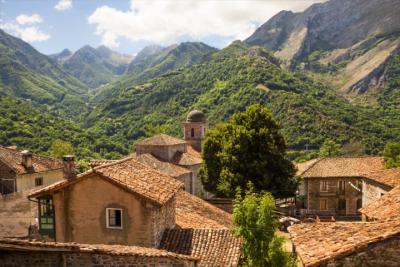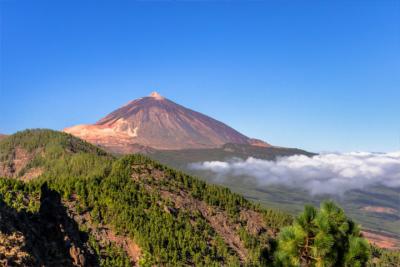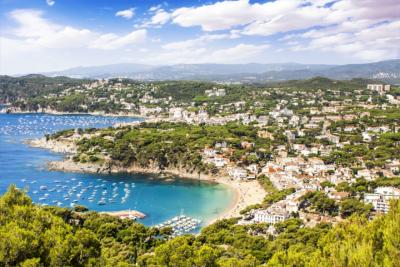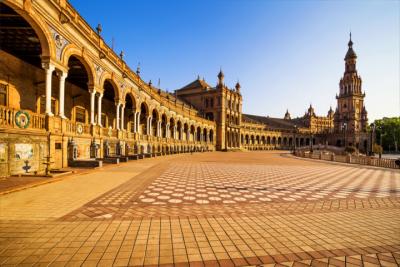Travel Offers
Travelmyne Featureprint
Distance
Madrid – The City which Never Sleeps
Are you looking for a city in which you find as many people in the streets at night as in the afternoon? "Madrid nunca duerme", you hear from the Madrilenians and read in numerous travelogues. The nightlife of the Spanish capital is at least as impressive as its many cultural monuments and art exhibitions.
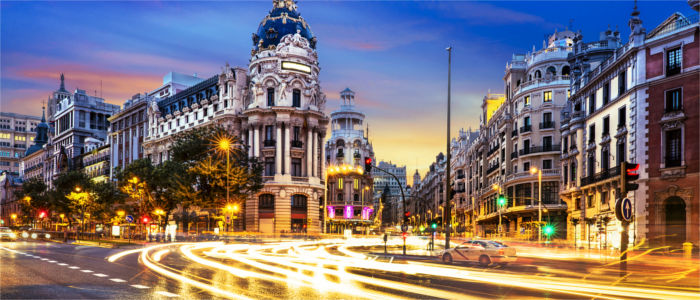
Geography - The third biggest European metropolis
Madrid is the capital of Spain and the autonomous community Madrid. With a population of about seven million people, the city is the third biggest European metropolis and the greatest one in southern Europe. The Spanish capital accommodates the country's geographical, political and cultural centre and the seat of the Spanish government. Located in the middle of the plateau Meseta at 667 metres above sea level, Madrid is the highest situated capital of the EU. The climate is continental with hot summers and cold winters.
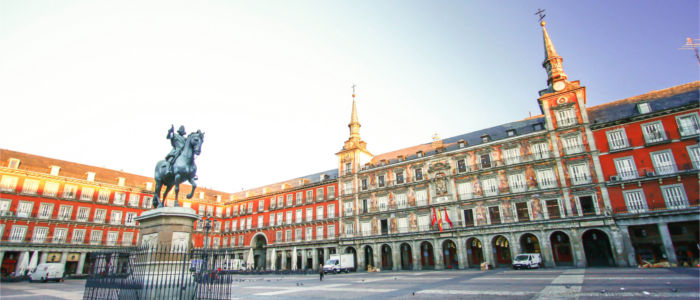
Nature - Retreats from the hectic city life
People who think that the Spanish capital lacks green spaces have never heard of the Park Retiro with its magical rose garden Rosaleda del Retiro, the Casa de Campo - Madrid's greatest park and former hunting ground - or the Parque del Oeste with its Egyptian temples. The Retiro Park in the middle of the city is the number one retreat ("retiro" means "retreat") with its 1.4 km² area of land and the wonderful artificial lake (Estanque del Retiro). A true sight in the park is the Palacio de Cristal, a crystal palace from 1887, which was modelled on the Crystal Palace in London. The Retiro Park regularly hosts concerts, festivals and events, which enrich the cultural life of the European metropolis. Madrid has about 40 parks altogether on an area of 33 km².
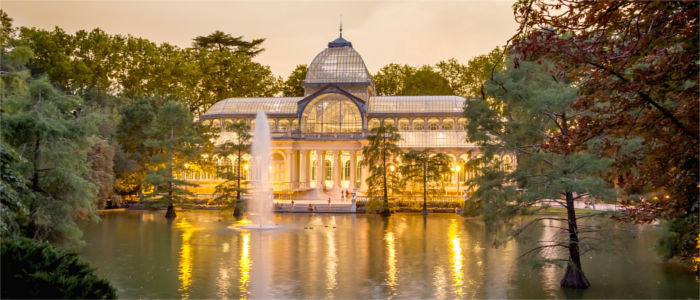
Culture - A bear and a "strawberry tree"
Madrid has been the capital and centre of Spain since 1561. When Philip II transferred his royal court from Valladolid to Madrid, the region around Alcázar, which was erected by Muhammed I of Córdoba and completed in 886, quickly achieved true greatness. The city is a traditional, modern and cultural centre to the present day, which was honoured with the award of European Capital of Culture in 1992. The metropolis' inhabitants refer to themselves as Madrileños (Madrilenians) and are very sociable, friendly and open. Many of them do not originally come from the capital but moved here at some point in their lives. The city is characterised by a mix of regional and international cultures, which is why it is not difficult for visitors and newcomers to feel welcome and accepted. Madrid offer countless cultural sights, museums and art collections. Regarding the latter, Madrid is the uncontested number one in Spain. No other city on the Iberian Peninsula displays so many works of art by Spanish and European artists (e.g. El Greco, Tiziano, Rubens, Velázquez, Goya, Dalí, Miró, Picasso). You can marvel at the works of these great painters on the Paseo del Arte, which accommodates the Museo del Prado - one of the world's greatest and most important art museums - the Museo Reina Sofía and the Museo Thyssen-Bornemisza. Other cultural and impressive sights are the Palacio Real, the Royal Palace, the Plaza Mayor, Atocha railway station, the Plaza de Toros and the Plaza España, where the two main streets Gran Vía and Calle de Princesa meet. Another special sight is the Puerta del Sol, which is the city's centre and a popular meeting, starting and reference point. There you see the Madrid's monument and landmark El Oso y el Madroño ("the bear and the strawberry tree"). This image can be found all over the European metropolis: on manhole covers, lanterns, advertising columns, heads of letters, bin lorries or taxis. But where does it come from? This question is not easily answered as there are several assumptions about the bear at the strawberry tree. One of them is that the bear symbolises the unity of clergy and aristocracy. Another refers to the constellation of Ursa Major, which presents Madrid as the former centre of science and astronomy. The strawberry tree, which is not actually a strawberry tree but a plant of the heath family with red fruit, could have become part of the city's coat of arms because of its Spanish name (madroño).
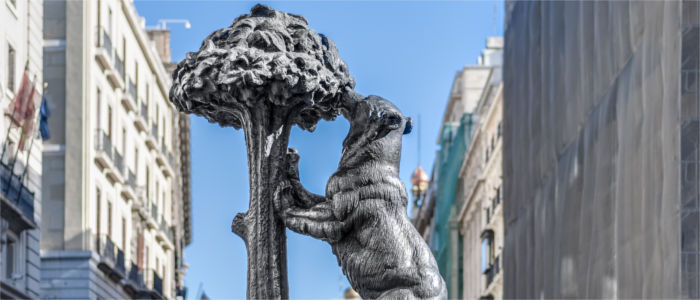
Experience - La noche madrileña
Madrid is a city which never sleeps ("Madrid nunca duerme"). Besides the art and culture, the nightlife (la noche madrileña) is the main attraction of the noisy metropolis. But what is so special or different about Madrid's nightlife? Well, it is not you who is looking for the party in Madrid but the party who is looking for you. At the latest from 10 p.m. on you see countless people who all have the same goal: to be among people and celebrate. The marcha, a crowd of people, mostly begins at the Puerta del Sol and is a unique spectacle. You may even get stuck in a pedestrian jam. Due to the warm climate, the nightlife takes place in the streets, especially in summer. You have definitely missed out on something if you have not strolled through the alleys and streets in the late evening and ended the day with a glass of Sangría. Holidaymakers who have still not had enough after this can visit the many bars (special districts: Huertas, La Latina, Alonso Martínez, Malasaña), which close around 3 a.m. Many party-goers spend the remaining hours in discos and clubs before they have breakfast (often churros con chocolate) at 6 or 7 a.m. in the morning and then go to bed. This is a time at which days merge as the early birds are already up again and on their way to work. As said before: Madrid never sleeps. Still, not only party-goers but also shopping fans are in good hands in Madrid. In contrast to many other European capitals, you do not only find a great variety of shops here but also reasonable prices. Especially the Gran Vía and the surroundings of the Puerta del Sol accommodate many department stores and fashion chains. In addition, the flea market El Rastro on the Ribera de Curtidores takes place every Sunday at 2 p.m. Visitors can buy all kinds of things there, for example souvenirs, jewellery, leather or ceramic ware. Madrid's cuisine is rather hearty and substancial. Typical dishes are the cocido madrileño (a Madrilenian chickpea stew) and the callos a la madrileña (tripe in tomato sauce), different tapas made of Manchego cheese, serrano ham (Jamón serrano) and churros con chocolate.
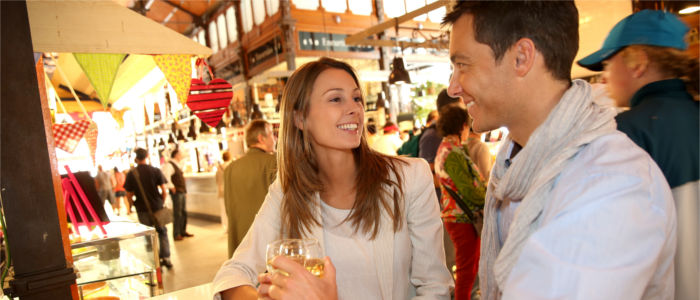
Activities - Sightseeing on foot, by bus or by bike
Madrid is the number one metropolis for partying, shopping, culture and art. Sightseeing is probably the main activity of most visitors because there is so much to discover. It is best to get a ticket for the hop-on, hop-off bus. This way you can explore the most important and worthwhile attractions in one to two days. Alternatively, you can get to know Spain's capital on a cycling or tapas tour.
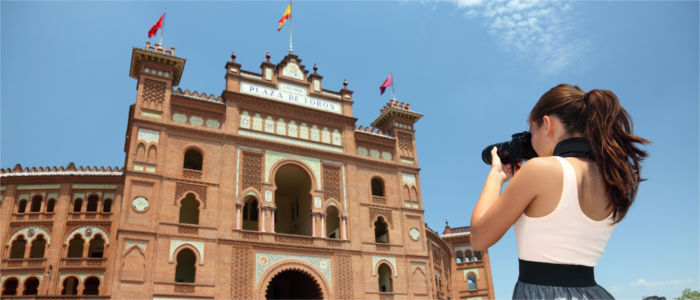
Information
The inhabitants of Madrid speak Castilian, the "proper Spanish" but they speak at such a speed that foreigners often have difficulties keeping up. Unfortunately, foreign language skills are not common among the Madrilenians, so that it is advisable to learn some Spanish before setting out on your journey. But not to fear: in the tourist districts you often also get along by using English. One negative thing are the city's many pickpockets and tricksters. They often steal from tourists by opening their bags or backpacks in crowded places. It is best to keep your wallet with the most important cards in your hand or in a neck pouch or belt bag.
Madrid is the ideal city for party-goers and shopping fans but the third biggest European metropolis also has a lot to offer for lovers of culture and art.


